When to cut back salvias - cutting back at the wrong time could spell disaster for these stunning blooms
Cutting back salvia isn’t a one-size-fits-all job
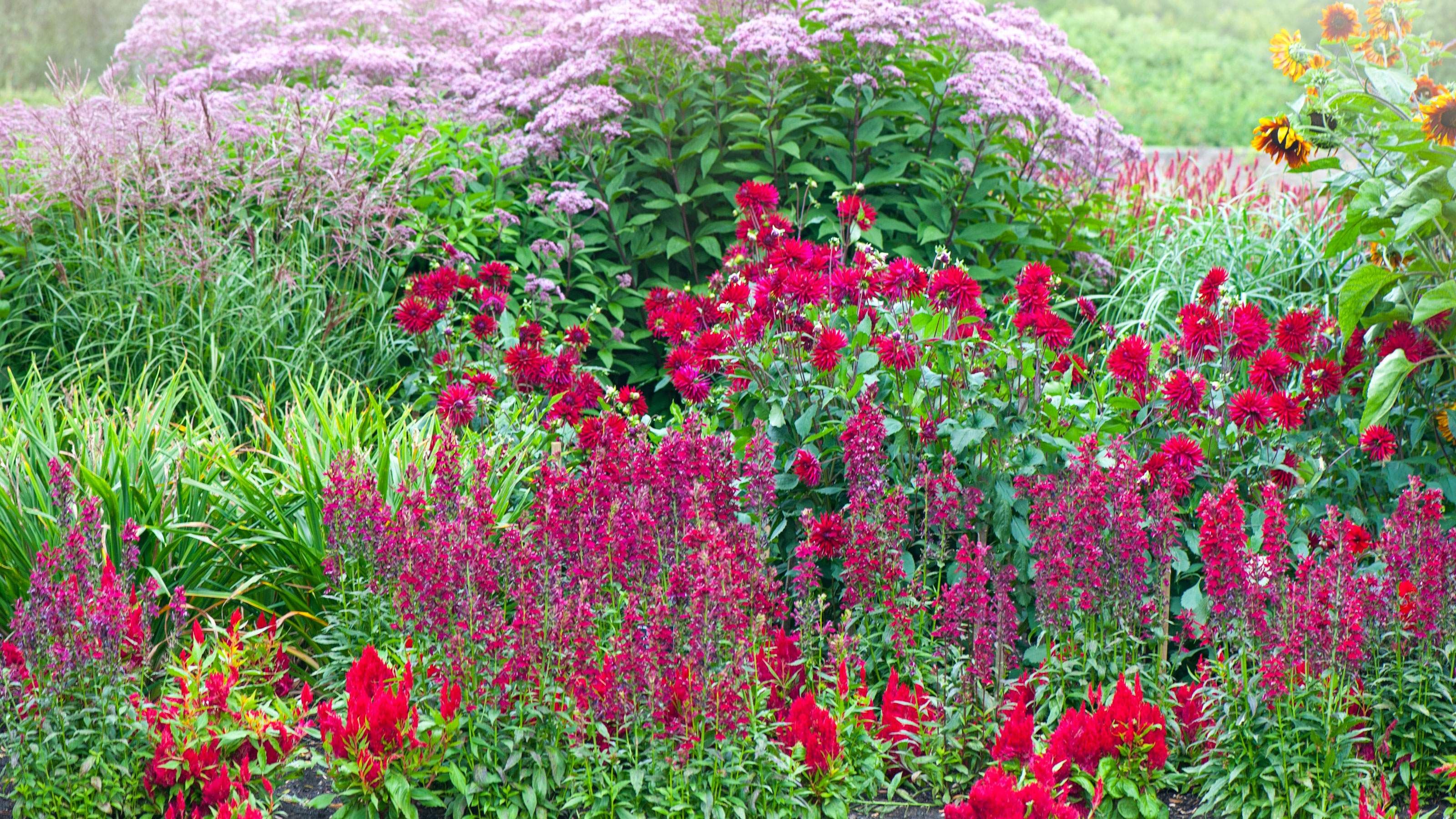

Coming in almost every colour imaginable and offering stunning tubular flowers, salvias should be a staple in every garden. But knowing when to cut back salvia is key.
As a popular summer-flowering plant, salvia is perfect for any garden idea, no matter whether you’re trying to replicate the Nordic coastal garden trend or you’re looking to create the ultimate herb garden. After all, rosemary is part of the salvia family! And while seeing these stunning flowers in your garden is a real treat, keeping them healthy is a whole different ball game.
That’s why we’ve spoken to gardening experts to get the low-down on cutting back salvia, depending on the type that you have in your garden.
When to cut back salvia
Cutting back salvias is the key to keeping these blooms as beautiful as can be, but it’s fair to say that this isn’t a one-size-fits-all job. Oliver Hill, gardening expert and founder of Garden List, says, ‘The exact timing can vary depending on the specific species of salvia and your local climate.’ Below, we’ve outlined the best time to cut back herbaceous, annual, tender and shrubby salvias.
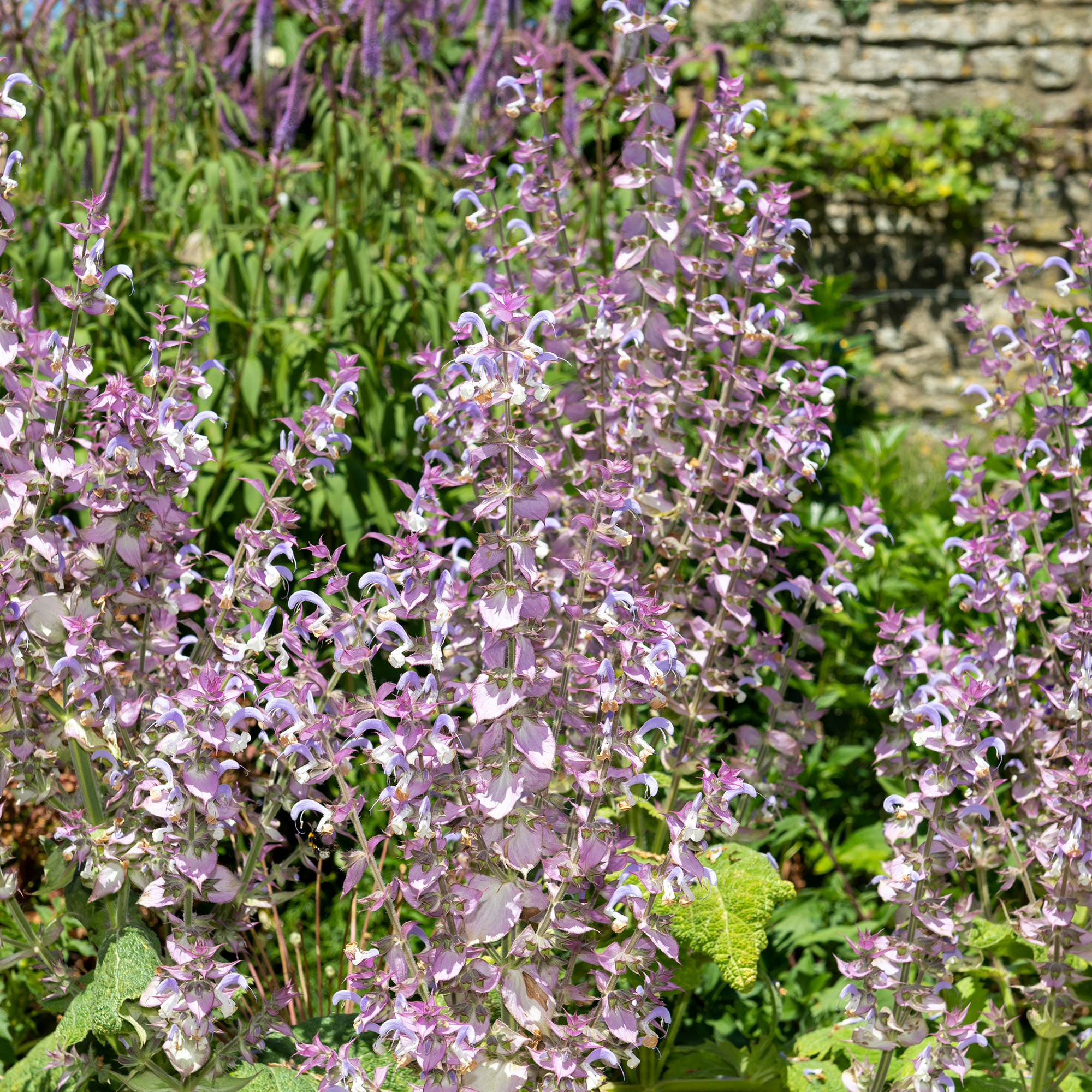
When to cut back herbaceous salvias
Perfect for garden borders, herbaceous salvias are hardy and shrubby. But it’s important to give these plants some TLC and add ‘cutting back herbaceous salvias’ to your list of garden jobs to do in July if you want to maintain their beauty.
It’s recommended to cut back salvia as soon as the first flowering season is over, which will typically be in July. When doing this, you should focus on cutting the plant back to near ground level. This should encourage a bonus flowering season which will last another few weeks.
If the flowers fade due to cold weather, you should then wait until spring to prune them again. However, if the temperatures are still warm, you can cut it back again in autumn.
Sign up to our newsletter for style inspiration, real homes, project and garden advice and shopping know-how
When to cut back tender salvias
Tender salvias tend to be perennial, which is good and bad news for those who want to fill their gardens with these colourful flowers. On the one hand, they will come back year after year. On the other hand, these tender plants often struggle to survive the winter.
That’s why you should always avoid cutting back tender salvia during the colder months, as the branches and general framework of the plant offer it protection from frost. Nevertheless, when the cold temperatures of winter are replaced by milder spring weather, you should then start cutting back.
To do this, cut back close to ground level, making sure you leave healthy pairs of shoots for regrowth.
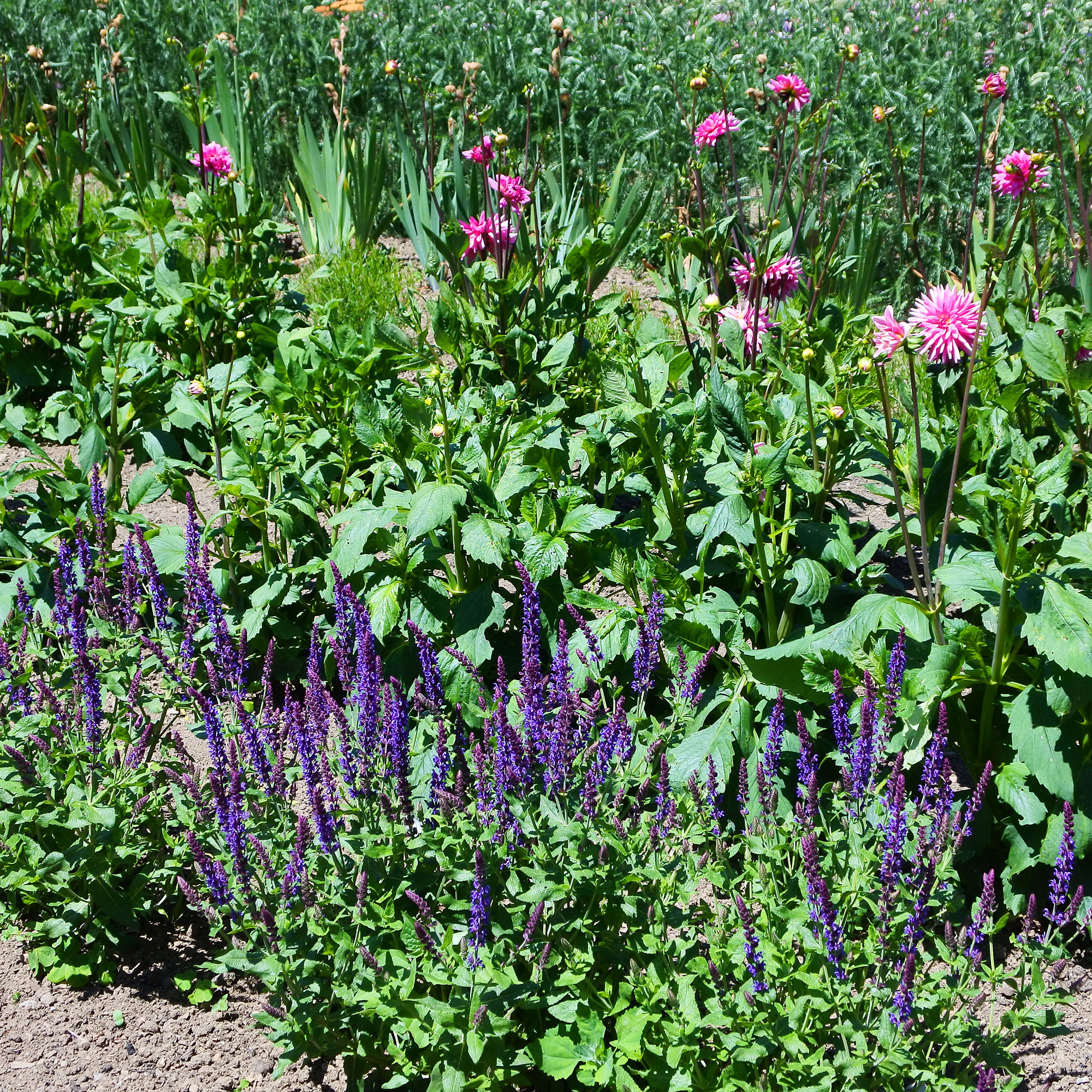
When to cut back annual salvias
As with all annuals, annual salvias are a one-time deal. This means that you can generally leave them to their own devices, and cutting them back isn’t necessary.
However, if you want to get the most out of your annual salvias, you should aim to deadhead your flowers regularly. This will encourage even more flower growth.
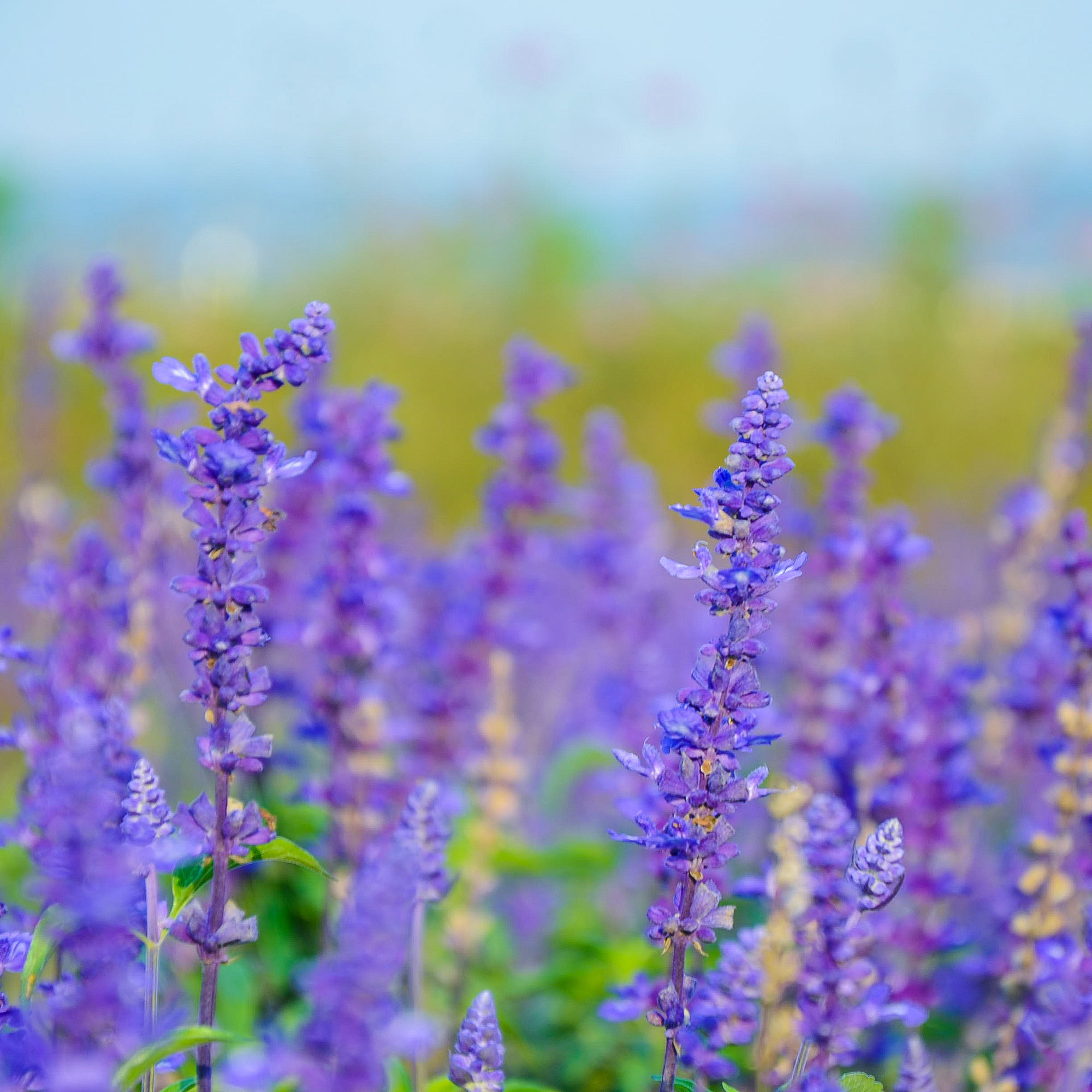
When to cut back shrubby salvias
Similar to when you should cut back shrubs, you should also cut back shrubby salvias in spring. In fact, you should start cutting them back just before new growth starts to form - focusing on removing the older wood in the process.
Steve Chilton, garden expert at LeisureBench, explains, 'The best time to cut back Salvia is typically in early spring, which would be around late March or early April time, right before there’s any signs of new growth beginning to show. This will encourage healthy, strong growth and it’s more likely that your plant will be flowering throughout its entire growing season.'
This is also the case when pruning an old rosemary plant, which should also be cut back to half its size in mid-spring to encourage new growth. The only exception to this rule is if the rosemary plant is young. If this is the case, you should cut it back in summer just after it's finished flowering.

Steve is a passionate and knowledgeable garden expert with several years of experience within the field and has developed strong expertise for all things nature and plants. Steve is a keen educator and loves to share this knowledge with others. He strives to simplify complex garden practices and encourage eco-friendly gardening.
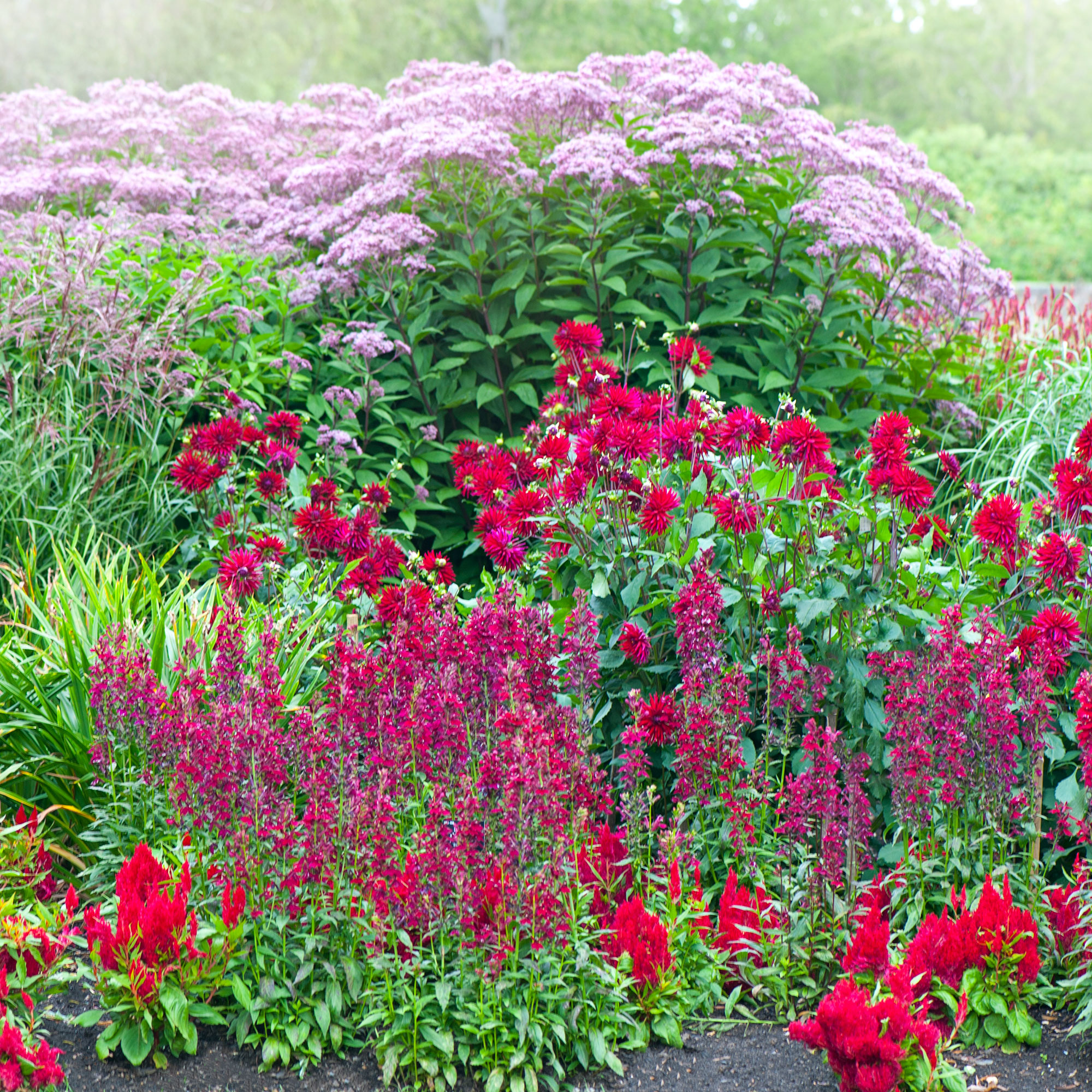
FAQs
What month do you prune salvias?
Generally, you should wait to prune salvias until the spring. This will allow them to survive the winter with its old foliage serving as protection.
However, it’s important to note that this will depend on the type of salvia you have in your garden. For example, you shouldn’t need to cut back annual salvias at all, and you should cut back herbaceous salvias in the summer.
Should I cut back my salvia for winter?
No, you should try to avoid doing this at all costs. Many salvia varieties are extremely tender and, therefore, won’t survive the winter without its foliage as protection.
Oliver says, ‘It's usually not advisable to prune salvias heavily in the winter, as this can expose the plant to cold damage. However, you can lightly trim the plant to remove any dead or damaged stems. In colder regions, it's best to leave the majority of the plant intact over winter to provide some protection against frost.’
In fact, you should wait to cut back salvia until the spring or summer months, as this will not only encourage growth but also provide plant protection during the colder months.
Who knew cutting back salvias was such a delicate garden task?

Lauren Bradbury has been the Content Editor for the House Manual section since January 2025 but worked with the team as a freelancer for a year and a half before that. She graduated with a Bachelor’s degree in English and Creative Writing from the University of Chichester in 2016. Then, she dipped her toe into the world of content writing, primarily focusing on home content. After years of agency work, she decided to take the plunge and become a full-time freelancer for online publications, including Real Homes and Ideal Home, before taking on this permanent role. Now, she spends her days searching for the best decluttering and cleaning hacks and creating handy how-to guides for homeowners and renters alike, as well as testing vacuums as part of her role as the Ideal Home Certified Expert in Training on Vacuums, having spent over 110 hours testing different vacuum models to date!